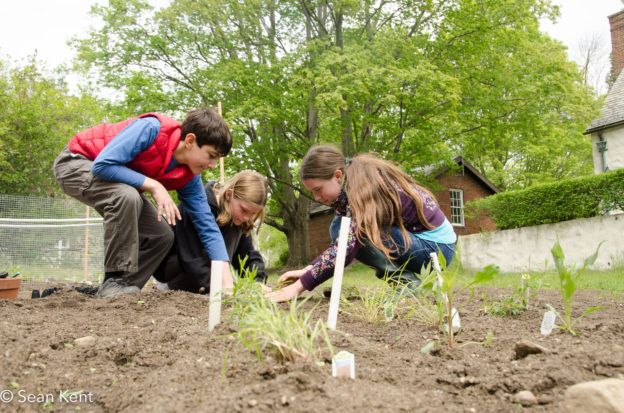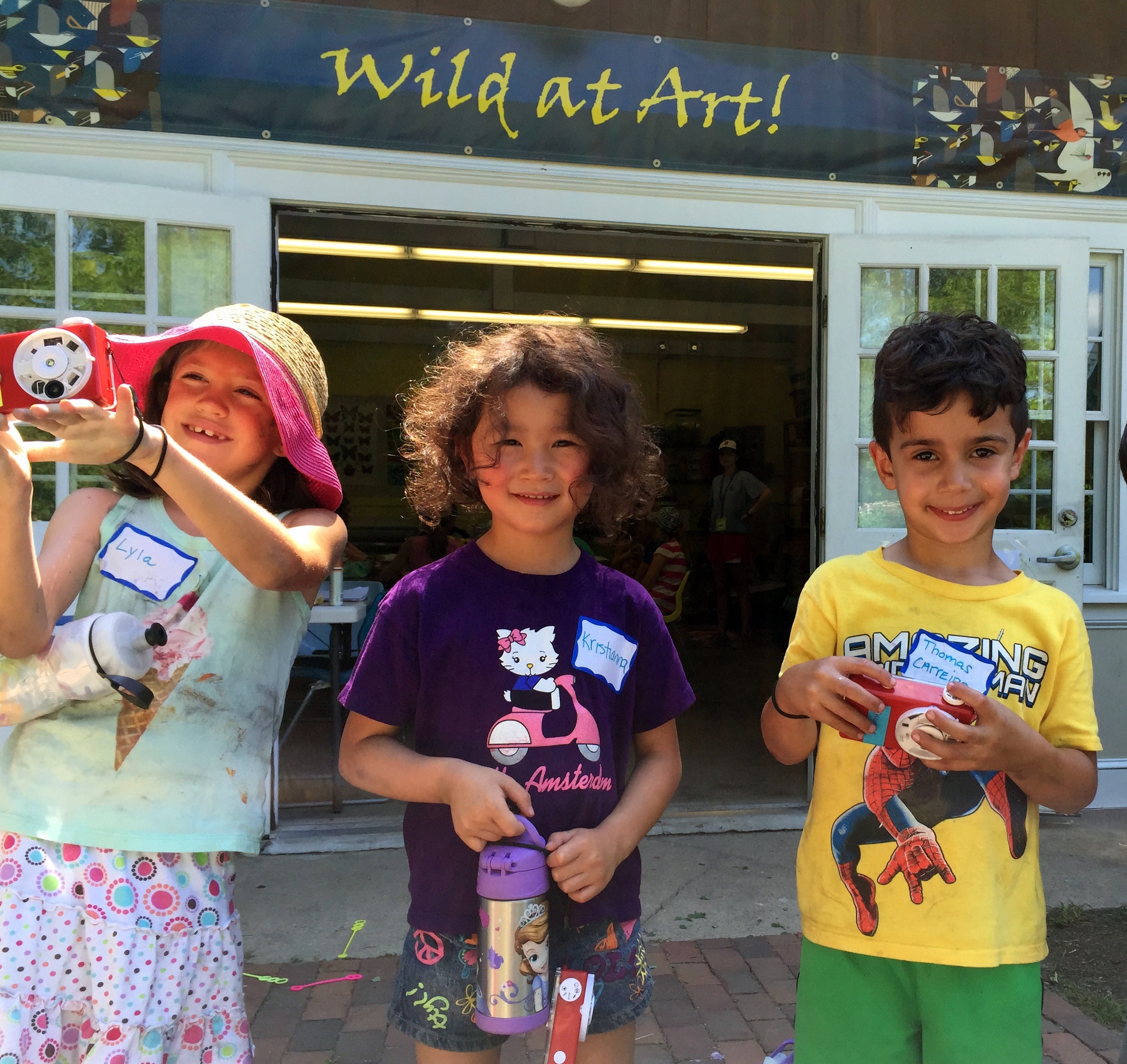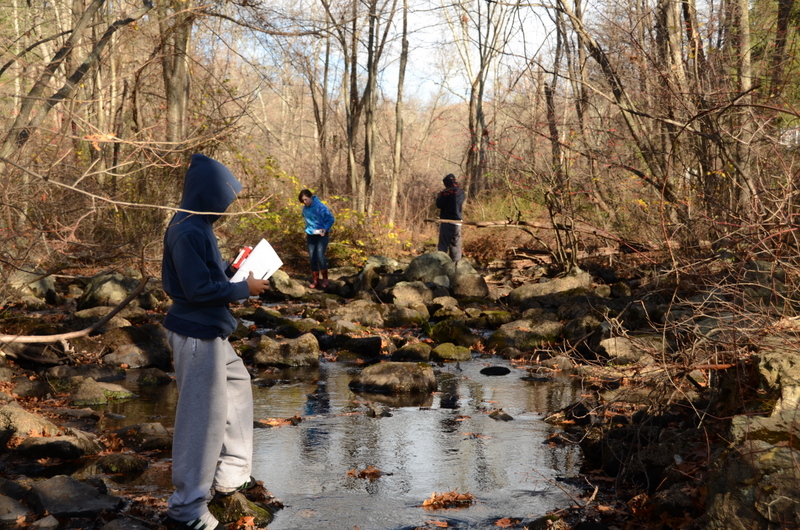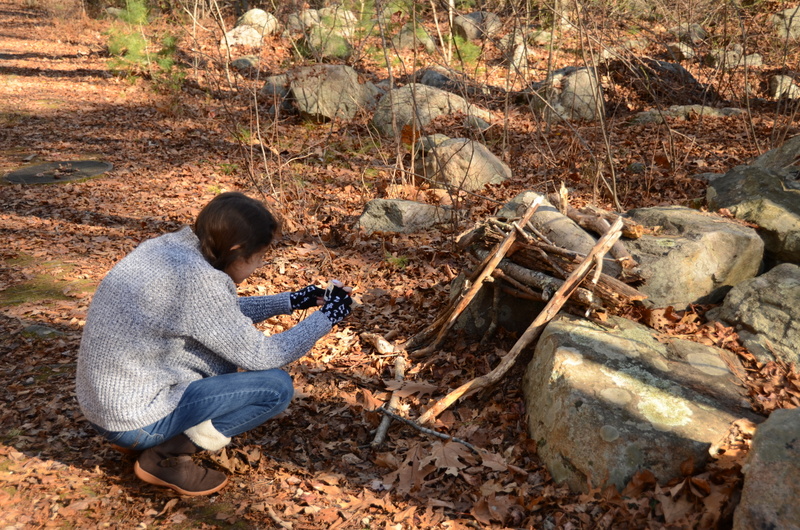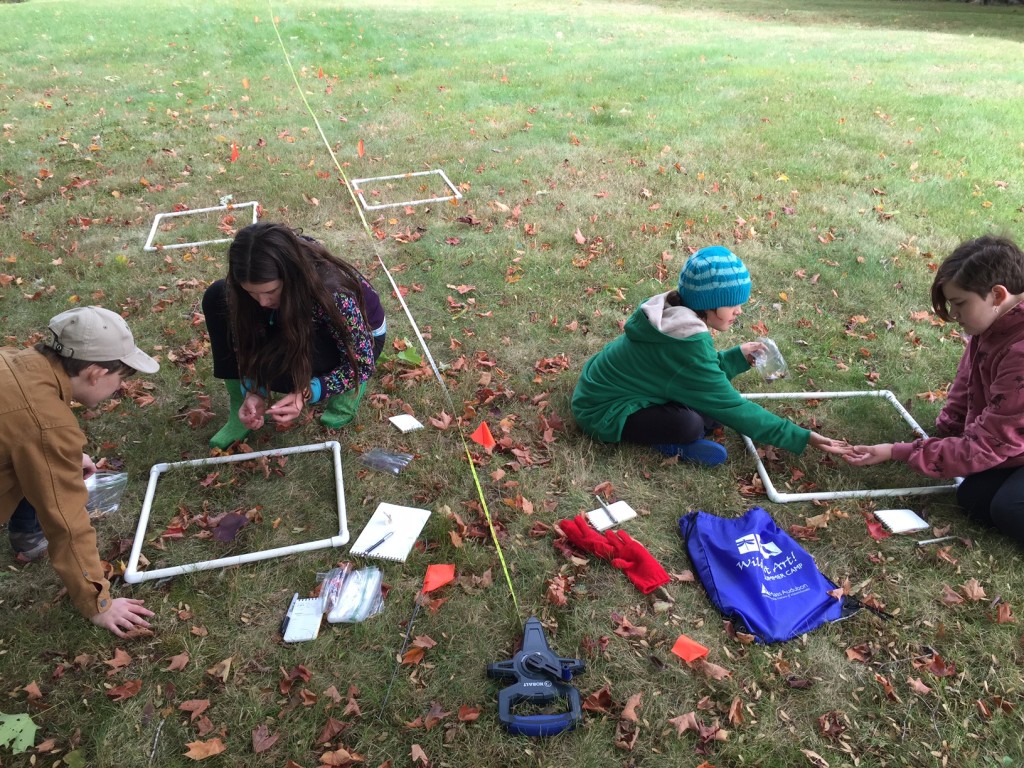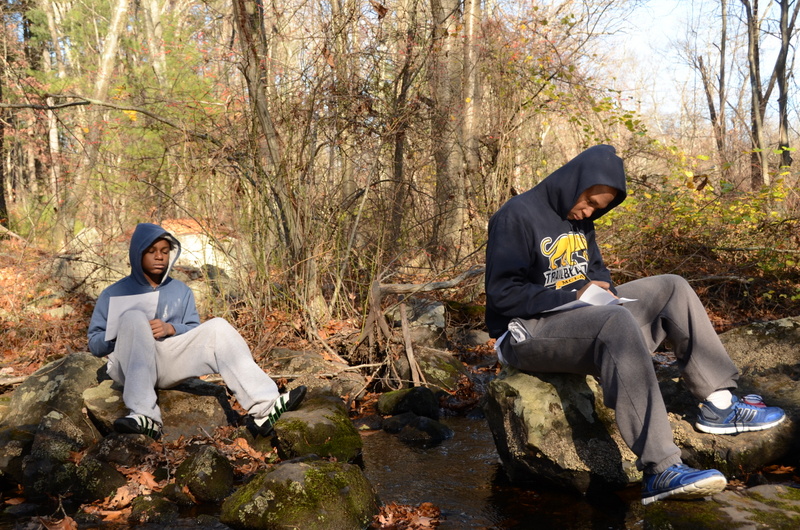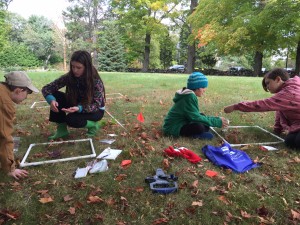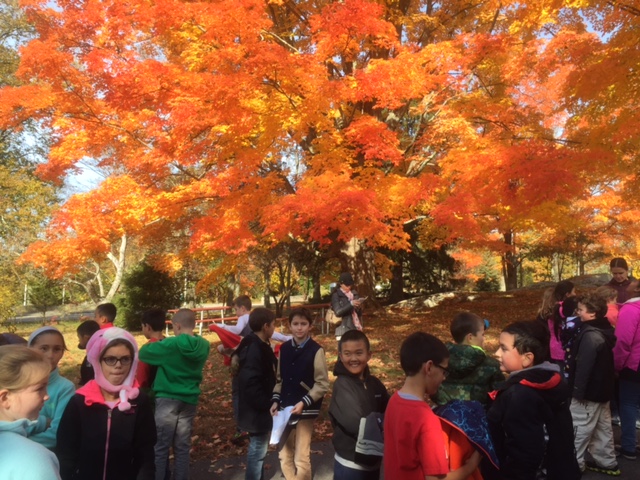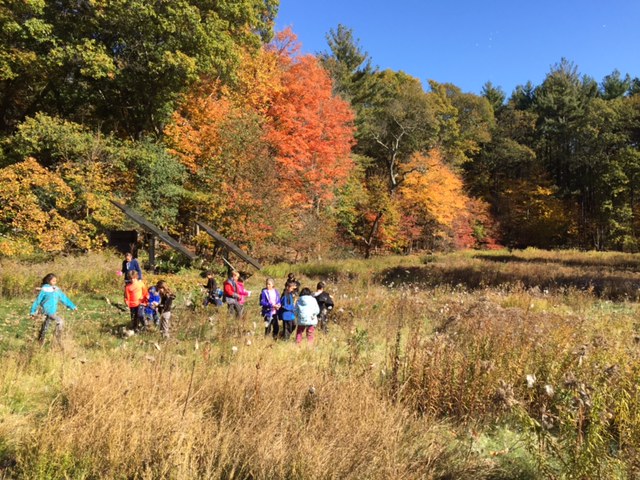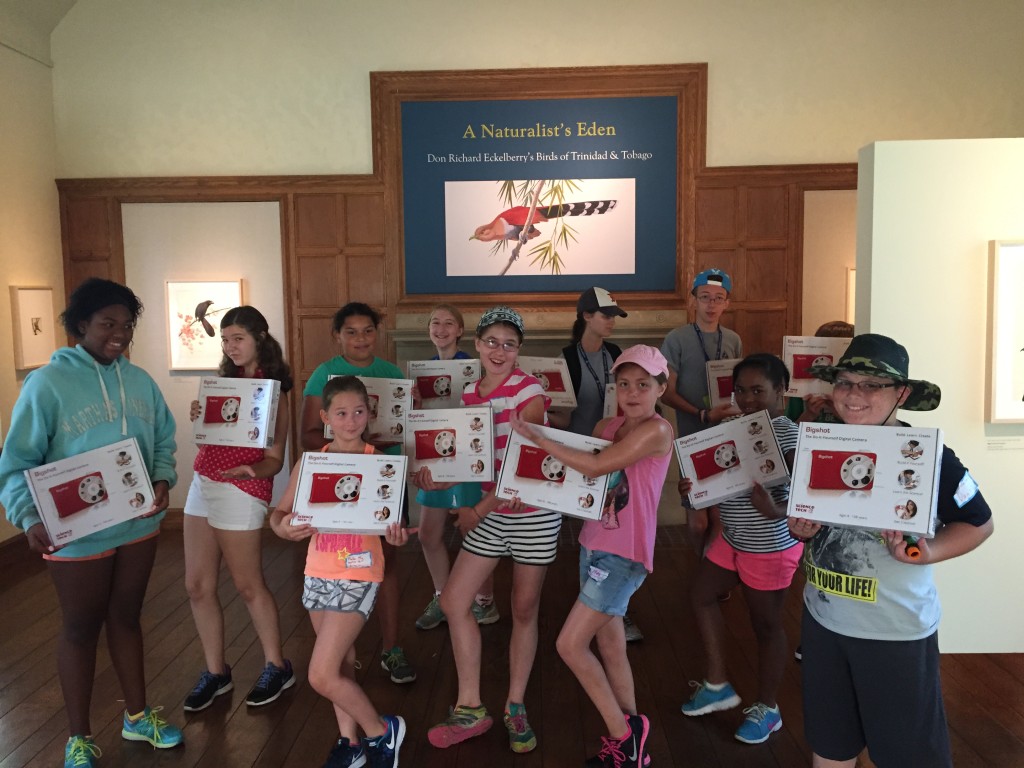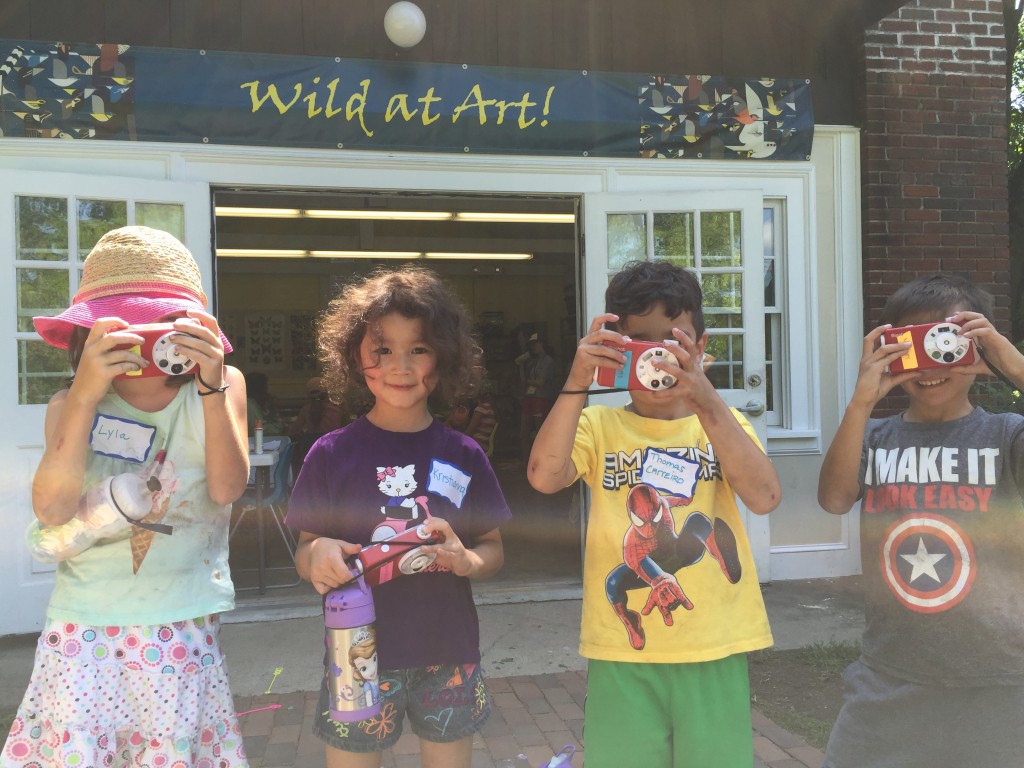To learn or sign up for our fall homeschool classes, click here.
In an environment infused with science, nature, and art, our homeschool classes are exciting and filled with laughter and fun. Each class is thoughtfully designed to foster confidence, awareness, and curiosity for the natural world, science, and art. Homeschool classes are designed by Sean Kent, a dedicated field biologist, curious naturalist, accomplished photographer, and passionate science educator with has been teaching science for 15 years. Furthermore, he has conducted ecological research in Massachusetts, Arizona, and Belize on native bees, the monarch butterfly, interactions between plants and animals and much more. This fall we are offering classes in field biology, nature journaling, and photography, including a build your own camera digital photography course.
To learn or sign up for our fall homeschool classes, click here.
This fall picture your homeschool student:
- Conducting experiments in our native plant meadow and throughout our wildlife sanctuary
- Recording and analyzing scientific data that they collected
- Creating art inspired by science and nature
Check out these pictures of homeschool students actively involved with conducting research and setting up our experimental native plant meadow.
- Conducting surveys of amphibian populations that thrive in our wildlife sanctuary
- Getting up close with wildlife and possibly holding yellow-spotted salamanders, turtles, or wood frogs that live in our wildlife sanctuary
Check out a few photos of homeschool students closely observing wildlife
- Increasing their confidence by creating art infused with science and nature
- Focusing and closely observing nature
Check out a few pictures of homeschool students sketching and observing nature closely in the field
- Making friends in a warm and caring environment
- Exploring different art mediums
- Observing and learning about all the amazing wildlife we have living in our 121 acre wildlife sanctuary
Check out a few of the animals and plants that have been observed over the past year in our wildlife sanctuary
To learn or sign up for our fall homeschool classes, click here.


